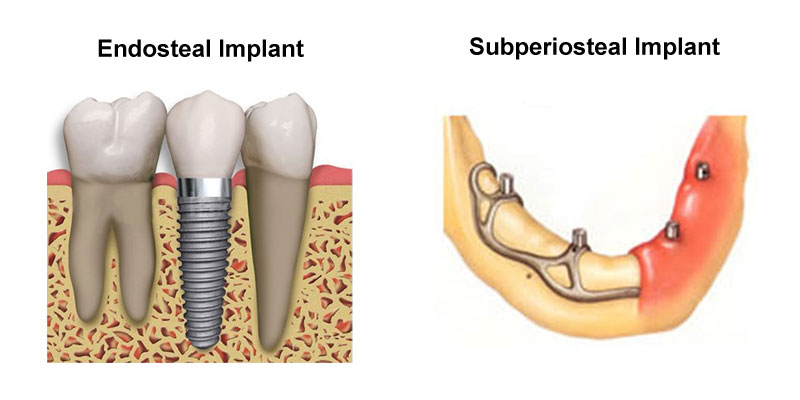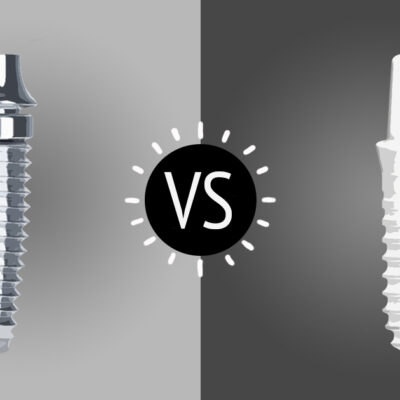Did you know that there are different types of teeth implants? They are a type of dental prosthesis that replace missing teeth. It help to restore the appearance of your smile and improve your speaking and eating abilities. Implants or Screws used to replace single teeth, and in some cases, entire mouths. These placed into a tooth socket or dental implant. There are two main types of dental implants: endosteal and subperiosteal. Both have their pros and cons, but as a general rule, there is no “right” or “wrong” choice between the two. Rather, it comes down to your personal preference and needs. Let’s take a look at each one in turn, along with the benefits of each type.
What is an endosteal dental implant?
The advantage of this type of implant is that it will fuse with the jawbone, and therefore, you’ll have a sturdy long-term foundation for your dental prosthetic. Endosteal are placed into the jaw bone and are usually placed in the aforementioned two-stage treatment option. These types of dental implants are often used in place of a bridge or denture. Endosteal implants, which push through the gums and into the bone. The most common endosteal implant is a cylinder-type, a titanium screw inserted into a pre-drilled hole in the jawbone. After recovering from tooth extraction, the screw acts as an artificial root.
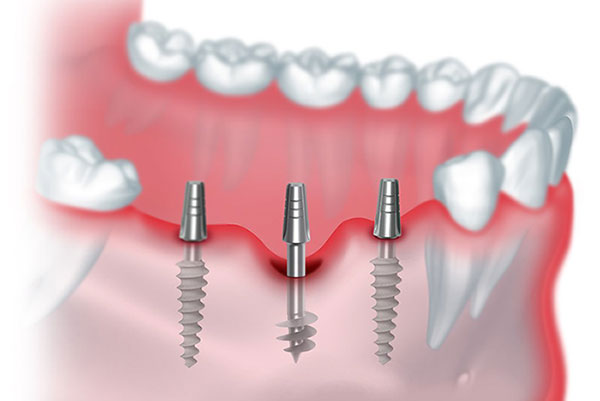
What is a subperiosteal dental implant?
A much less common dental implant is the subperiosteal implant, which is put over the jaw rather than drilled into it. A metal frame is inserted below the gum to straddle the jawline, holding a post (or posts) that sticks up through the gums to attach to the fake tooth. A subperiosteal implant sits just above the jawbone and is secured by a ligament that attaches to the jawbone. The ligament helps to keep the implant stable, and when it heals, it also helps to re-enforce the jawbone structure. The subperiosteal type of dental implant is often used to replace one or two teeth, as it won’t be able to properly fuse with the jawbone like an endosteal implant.
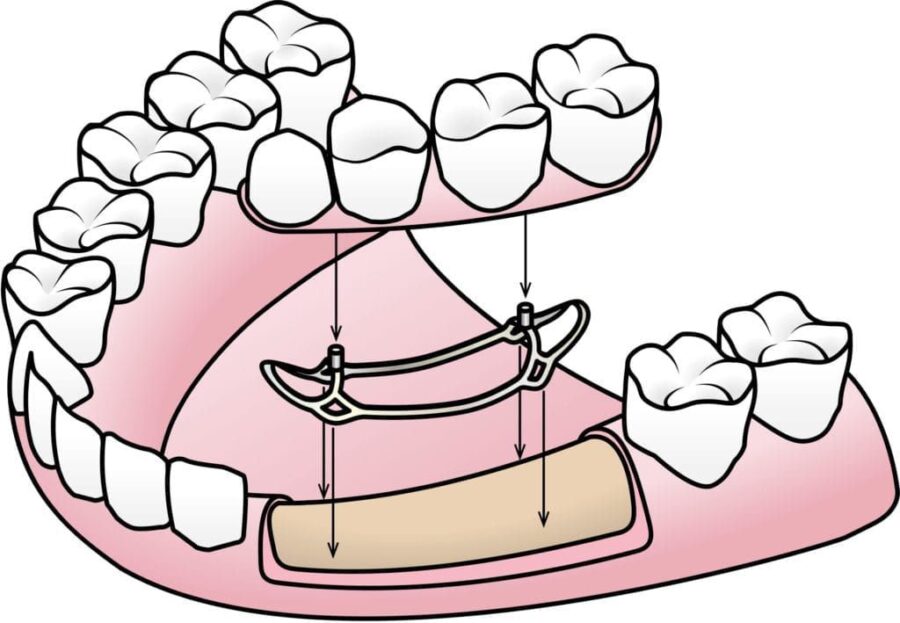
Benefits of the different types of implants
Endosteal implants have a higher success rate due to their ability to fuse with the jawbone. More bone support equals fewer long-term issues. Subperiosteal implants, on the other hand, are a good choice when replacing one or two teeth. The implant doesn’t have to fuse with anything, so the procedure is typically less invasive.
Where do you place a subperiosteal implant?
A subperiosteal dental implant goes anywhere within the gum line, where there is no bone. This means that you can replace a single tooth in the front of the mouth or in the back. You can also replace a few missing front teeth together. Subperiosteal implant is inserted above the bone and under the periosteum – a film of connective tissue, surrounding the bone on the outside.
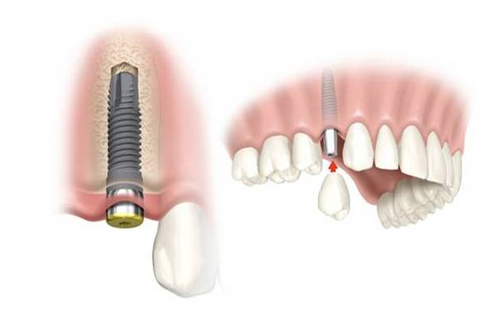
Where do you place an endosteal implant?
An endosteal dental implant is placed in the jawbone, between the gum line and the bone. This means that it can replace one or more teeth on either side of the mouth, depending on the patient’s needs and the amount of bone they have. Typically made of titanium, endosteal implants are the most commonly used dental implant. They’re usually shaped like small screws and are placed in the jawbone. They protrude through the gum to hold the replacement tooth.
Conclusion
There is no “right” or “wrong” choice between the two types of dental implants. It comes down to your personal preference and needs. That being said, endosteal dental implants are often a better choice, especially when replacing multiple teeth in the back of the mouth.
Follow Us For More Updates
